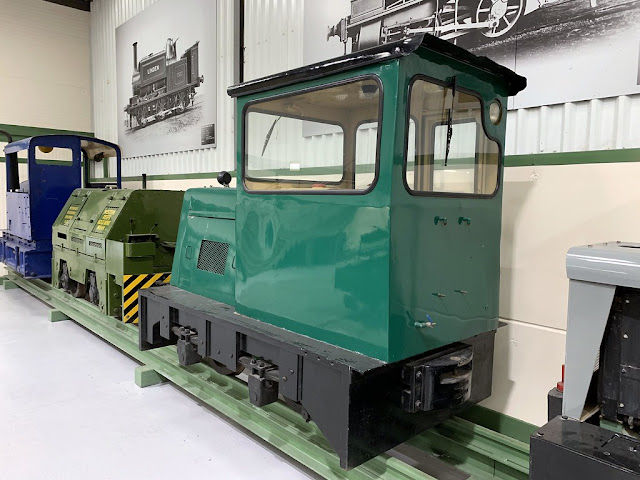These trains were built for the London, Brighton & South Coast Railway for it's "Elevated Electric" South London Line between
London Victoria and
London Bridge. The trains consisted of three car sets with two motor cars at either end for third class passengers (one including a guard's van) and first class passengers in an unpowered (and thus quieter) centre car! [1] The trains used a bow collector to connect to the overhead lines which supplied 6.7 kV AC at 25Hz [2]. The centre cars were removed from the formations in 1913 to become steam hauled stock.
 |
| Elevated Electric Stock on delivery [1] |
| Information |
| Number built: |
24 (8 3-car sets later 16 2-car sets) |
| Built: |
1908 |
| Builder: |
Metropolitan Amalgamated Carriage and Wagon Company |
| Motor: |
4 Winter Eichberg compensated-repulsion motors
(6.7kV AC OHLE later 660v DC third rail) |
| Power: |
460 hp (343 kW) |
| Formation: |
Motor Third Brake (MThB) + Trailer First (TF) + Motor Third Brake |
The first trains began running on the line via
Denmark Hill in early 1909 [3]. The line was an immediate success and the LBSCR slowly expanded their elevated electric network on routes from
Crystal Palace, more stock was produced in longer formations and with uprated Winter Eichberg motors.
However in 1923 the LBSCR was absorbed into the Southern Railway and the decision was taken to standardise on DC third rail. By 1928 the elevated electric lines had been converted to DC and the rolling stock also rebuilt. The Southern Region referred to the former elevated electric trains as
2-SL. They remained in service until 1954.
The Trailer Firsts were also rebuilt (even though they had been used as hauled stock for years) to form extra driving motor and trailer pairs. The Southern Region termed these sets
2-WIM and used them on the
Wimbledon-
West Croydon Line. They also remained in service until 1954.
 |
| SL stock in operation [3] note the bow collector |
 |
| Comparison of first (left) and third class [1] |
 |
| Motor bogie [1] |
[1] "Electric Rolling Stock for the London, Brighton and South Coast Railway", The Railway Times (March 6 1909) p. 241
[2] David Brown, Southern Electric Vol. 1 (Capital Transport, 2010) p. 14
[3] "Electrification of suburban lines on the London, Brighton and South Coast Railway", The Railway Times (March 25, 1911) p. 289





















